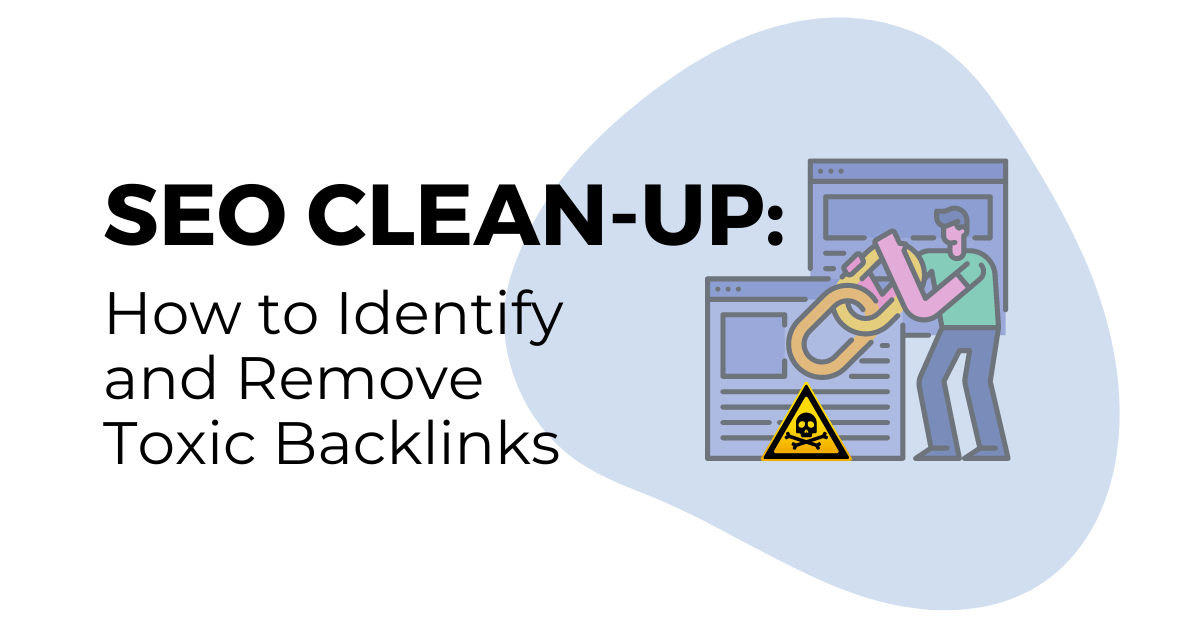SEO Revolution: Originating the Future of Digital Dynamics and Techniques
Wiki Article
SEARCH ENGINE OPTIMIZATION Vs. SEM: Comprehending the Trick Distinctions
SEARCH ENGINE OPTIMIZATION, which stands for Look Engine Optimization, concentrates on enhancing a website's visibility and organic position on search engine results pages. On the various other hand, SEM, or Browse Engine Marketing, involves paid advertising and marketing to boost a site's exposure on search engines. Comprehending the vital distinctions in between SEO and SEM is critical for companies looking to enhance their on the internet visibility and drive web traffic to their web sites.
Meaning of Search Engine Optimization
SEO, or Search Engine Optimization, refers to the practice of optimizing web sites to improve their visibility and rankings on internet search engine results pages (SERPs) It involves various strategies and methods focused on boosting natural, or non-paid, website traffic to an internet site. The best objective of search engine optimization is to enhance a site's online presence and bring in more targeted visitors.Among the essential aspects of SEO is keyword optimization (https://tech.easterntribunal.com/news/linkdaddy-announces-agency-backlink-local-business-directory-listings-service/458323). When looking for info or products related to a certain internet site, this includes conducting thorough study to determine relevant key phrases that customers are most likely to browse for. By incorporating these key words purposefully right into the website's content, meta tags, and Links, SEO intends to enhance the website's relevance and position for those particular search terms
Another essential element in search engine optimization is on-page optimization. This includes optimizing numerous aspects on an internet site, such as title tags, headings, pictures, and internal web links, to make them even more search engine-friendly (seo specialist). By ensuring that these components are correctly structured and pertinent to the site's web content, SEO helps internet search engine recognize the context and relevance of the website
Additionally, search engine optimization also consists of off-page optimization strategies, such as web link building. This includes getting top notch backlinks from various other respectable websites, which suggests to look engines that the site is reliable and authoritative. By constructing a strong network of back links, SEO boosts a website's trustworthiness and enhances its chances of rating higher in search engine result.
Interpretation of SEM
SEM, or Search Engine Advertising, is an advertising approach that entails promoting sites and boosting their visibility with paid advertising and marketing on search engine results pages (SERPs) Unlike SEO, which focuses on maximizing sites to improve organic search rankings, SEM utilizes paid marketing to drive web traffic to a web site.Among the vital parts of SEM is pay-per-click (PPC) advertising and marketing. With pay per click, marketers quote on search phrases that are pertinent to their target market. When a customer look for those search phrases, the advertisements appear on top or side of the search results page. Advertisers only pay when a customer clicks their ad, thus the term "pay-per-click."

SEM also includes various other types of paid marketing, such as display ads, remarketing ads, and purchasing advertisements. Show ads are banners or aesthetic ads that appear on internet sites within the Google Show Network. Remarketing ads target customers that have actually previously seen a web site, serving them advertisements as they search other websites. Buying advertisements, on the other hand, advertise certain products and present relevant details, such as cost and accessibility.
Goals of SEO and SEM
The goals of both search engine optimization (SEO) and search engine advertising (SEM) focus on enhancing a website's exposure and driving targeted traffic. The techniques and strategies employed by each differ dramatically.The main goal of SEO is to improve a web site's natural search ranking on online search engine results web pages (SERPs) This is accomplished by maximizing different components on the web site, such as content, meta tags, and site structure, to make it a lot more pertinent and appealing to online search engine. By doing so, search engine optimization intends to attract more natural website traffic from users actively looking for related search phrases or topics.
On the other hand, SEM concentrates on increasing a site's exposure with paid advertising and marketing on internet search engine. The key purpose of SEM is to drive targeted website traffic to a site by bidding process on search phrases and presenting advertisements in internet search engine outcomes. This strategy permits organizations to get to a broader audience rapidly and successfully.

Secret Elements of Search Engine Optimization
To efficiently apply SEO, it is important to comprehend the vital components that add to improving a site's natural search position. These elements can be generally categorized right into on-page variables and off-page factors.On-page factors refer to the aspects that are straight present on a web site and can be enhanced for better search engine exposure. This includes the site's material, key phrase use, meta tags, link framework, page titles, and headings. By enhancing these aspects, internet search engine can better understand the relevance and context of the internet site's web content, causing greater positions.
Off-page aspects, on the other hand, focus on external signals that affect a web site's authority and reputation. This consists of backlinks from other reliable websites, social networks signals, and on the internet discusses (https://thefinancialcapital.com/news/linkdaddy-announces-agency-backlink-local-business-directory-listings-service/458323). The more high-quality and relevant back links an internet site has, the better its chances of ranking higher in internet search engine results web pages
In addition, user experience is an important component of SEO. Linkdaddy. Online search engine prioritize websites that offer a positive customer experience, consisting of rapid filling times, mobile-friendliness, and very easy navigating
Secret Components of SEM
As opposed to SEO, SEM encompasses a distinctive collection of crucial elements that focus on paid advertising and driving prompt presence in internet search engine outcomes. These elements include internet search engine advertising and marketing, likewise known as pay-per-click (PPC) advertising and marketing, keyword research study, ad production, and project administration.Online search engine advertising and marketing is a critical element of SEM. When those keyword phrases are searched, it includes bidding on key phrases appropriate to your organization and producing text or display screen ads that will certainly appear in search engine results. With internet search engine marketing, you can target specific demographics, places, and also time of day to reach your preferred target market.
Keyword research is one more vital part of SEM. It includes recognizing the keyword phrases that your target market is using to look for solutions or items similar to yours. By performing comprehensive keyword research study, you can enhance your advertisements and ensure they are shown to the ideal individuals at the correct time.
Ad production is the process of developing engaging and influential advertisements that will certainly lure customers to click on them. Well-crafted ads have a strong call-to-action, pertinent messaging, and a clear worth proposition.
Finally, project management includes surveillance and maximizing your SEM projects to ensure they are carrying out successfully. This consists of monitoring metrics such as click-through prices, conversion prices, and return on investment (ROI) to make data-driven decisions and achieve the most effective results.
Verdict
SEO concentrates on enhancing web sites to boost organic search positions, while SEM entails paid advertising and marketing to increase visibility on search engine results pages. Comprehending the differences between SEO and SEM is vital for organizations to create a comprehensive online marketing approach.SEO, which stands for Search Engine Optimization, focuses on improving a site's visibility and organic ranking on search engine results pages. On the various other hand, SEM, or Look Engine Advertising and marketing, entails paid advertising and marketing to boost a website's visibility on search engines (Linkdaddy).SEARCH ENGINE OPTIMIZATION, or Look Engine Optimization, refers to the technique of enhancing web sites to enhance their check that visibility and rankings on search engine results web pages (SERPs)The primary goal of SEO is to boost an internet site's organic search position on search engine results web pages (SERPs) SEO focuses on maximizing web sites to enhance organic search positions, while SEM includes paid advertising to increase presence on search engine results pages
Report this wiki page